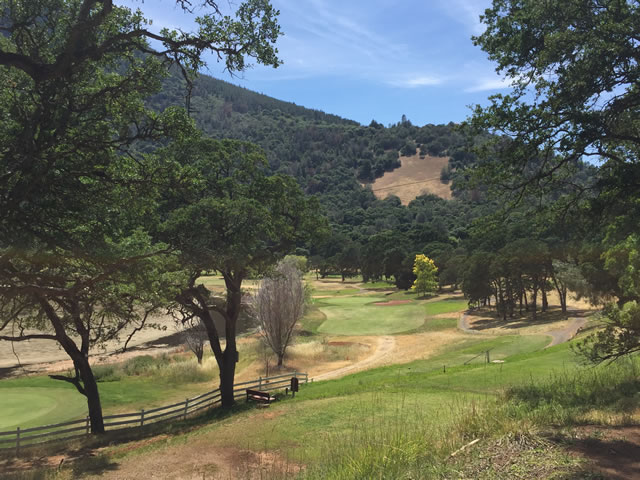
Tour Stop #6
Sacramento, CA
Sunrise Showdown
"A week off, kinda"
After leaving Monterey we headed to our friend Burbee's house to relax and do some minor repairs on the RV. He lives in Lakeport, CA the home of Steady Ed Headrick.
On Tuesday, we headed to the Dynamic Two Disc Challenge at the Black Mountain ball golf/disc golf course. I vended while Synthya played. She said it was a beautiful course and having a cart made for an easier day. On Thursday I taught a free clinic at Highland Hills disc golf course and then on Friday he took us to see his new ball/disc golf course. It sits at the base of an old volcano. When it opens, it will be a destination.
We also started to sell off my collection of discs and gear on disc golf collector's exchange. I have been posting daily. I am finally letting go of my gems that I have held onto for years. I want to buy a house, so goodbye old discs.
On Sunday Burbee and I drove up to Sacramento and played in the Sunrise Showdown at Drew Gibson's new ball/disc golf course. Fellow teammate Emil Dahlgren and I tied for first shooting the exact same scores 51, 51 for a -14 total. We decided to call it a tie and we walked away with $500 each. I liked the course and had fun, thanks Drew. Also thanks to Burbee for taking me and letting us stay at his house for a week. Those little repairs were needed!
Now I could keep going on in this diary style, but I don't want to bore you. I would like to have a positive discussion on some interesting disc golf topics. First topic will be course design.
I have seen many beautiful and fun courses to play. I also understand that people with much more experience than me have put much thought, creativity, and effort into designing courses. I would like to thank all people who have given there sweat, time, and money to design and install courses that I had the privilege of playing. I understand that it is mostly volunteers and that most have a job and or a family. So thank you.
That being said I would like to have intelligent conversation to stimulate my brain, hear others opinions, and help the design of courses worldwide to evolve.
Question #1
How can we in this sport design courses that are fun, challenging, and that reward or penalize the player based on how far they were from the course designers intended shot fairly?

